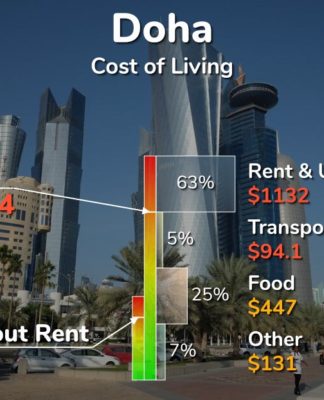Grocers Seize on Holiday Spending Anxiety to Drive Digital Adoption
BY PYMNTS | DECEMBER 19, 2023
|
grocery delivery
With consumers’ budgets coming under pressure over the holiday season, leading grocers including Kroger and Walmart have launched digital deals to boost eCommerce engagement.
Kroger, for its part, United States’ leading pure-play grocery chain, recently announced several digital-only deals for the season. These include a virtual coupon redemption event, increased rewards points on fuel, and savings on holiday “meal bundles” exclusively for members of the grocer’s Boost program, which offers free delivery among other perks.
“At Kroger, we are committed to making the holiday season memorable and accessible for everyone,” Stuart Aitken, the grocer’s senior vice president, chief merchant and marketing officer, said in a statement. “We strive to keep prices low every day, and this holiday season is no different.”
Meanwhile, Walmart, the world’s largest grocery retailer, seized on consumers’ Black Friday anxieties to push adoption of its Walmart+ membership, which also offers free delivery on eGrocery orders as well as free shipping on shelf-stable products, offering 50% off subscriptions in early November for consumers to get a jump on the sales event, promising early access to members.
Similarly, Target is leveraging consumers’ holiday spending anxiety to drive adoption of its Shipt same-day delivery aggregator, with 50% off memberships through Dec. 24.
Digital-only grocers too are counting on consumers’ spending anxieties to increase sales, with eGrocer Thrive Market touting 25% gifts, and Instacart touting a seven-day savings event in the leadup to Christmas, promising deals on common seasonal items.
These moves come as consumers cut back on non-gift holiday spending in an effort to avoid scrimping on presents, per the PYMNTS Intelligence study “The Credit Economy: How Consumers Are Approaching Holiday Spending and Travel,” created in collaboration with i2c. The report’s survey of more than 3,300 U.S. consumers revealed that consumers plan to spend significantly less, cutting their non-gift spending from last year’s $1,162.21, on average, down to $858.82, a 26% drop.
In fact, 94% of shoppers reported that they plan to take active measures to offset financial impacts of inflation, making changes such as cutting expenses and picking up extra work.
Plus, the study “New Reality Check: The Paycheck-to-Paycheck Report – The Seasonal Financial Distress Deep Dive Edition,” a PYMNTS Intelligence and LendingClub collaboration, revealed that consumers cite November and December as the times of the highest financial stress.
Overall, consumers are increasingly engage digitally with grocers, but eCommerce nonetheless continues to make up only a small share of total grocery purchases. The report “Consumer Interest in an Everyday App,” a PYMNTS Intelligence and PayPal collaboration, which is based on responses from more than 2,200 U.S. consumers, reveals that 61% of grocery shoppers did so via connected devices at least some of the time in the previous month.
Yet the PYMNTS Intelligence study “Tracking the Digital Payments Takeover: Catching the Coming eCommerce Wave,” created in collaboration with Amazon Web Services (AWS) and drawing from an April survey of nearly 2,700 U.S. consumers, reveals that only 12% of total grocery purchases are made via connected device.
By offering deals targeted toward eCommerce adoption in a period of high financial stress and bargain-seeking, traditional and digitally native grocers alike have the opportunity to increase that share.






























